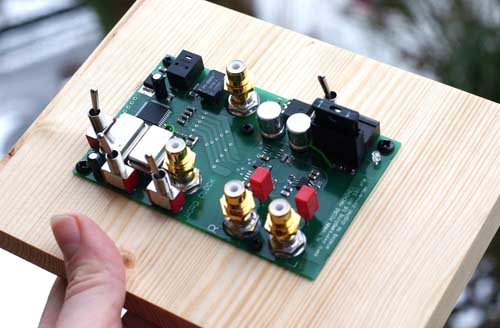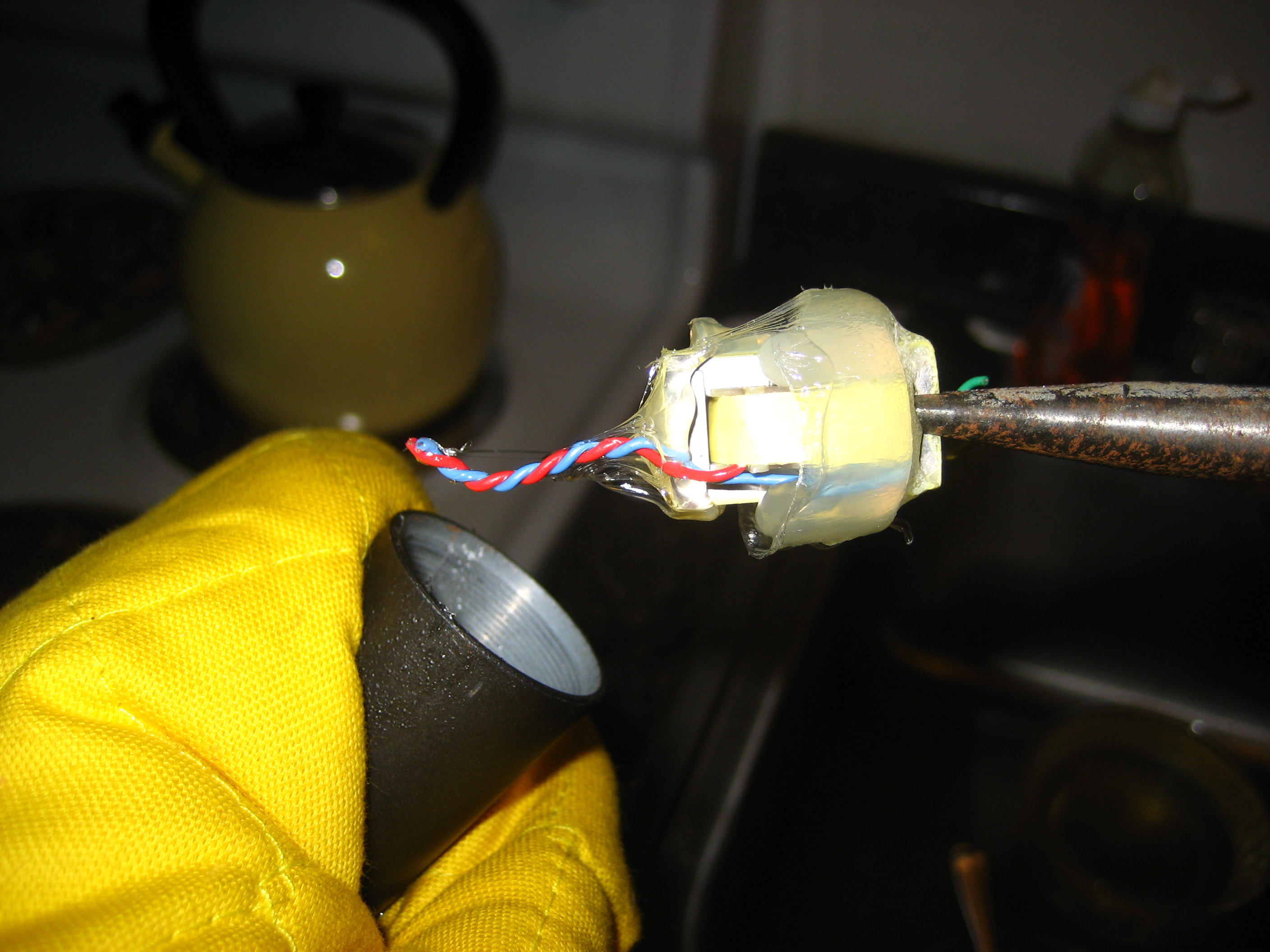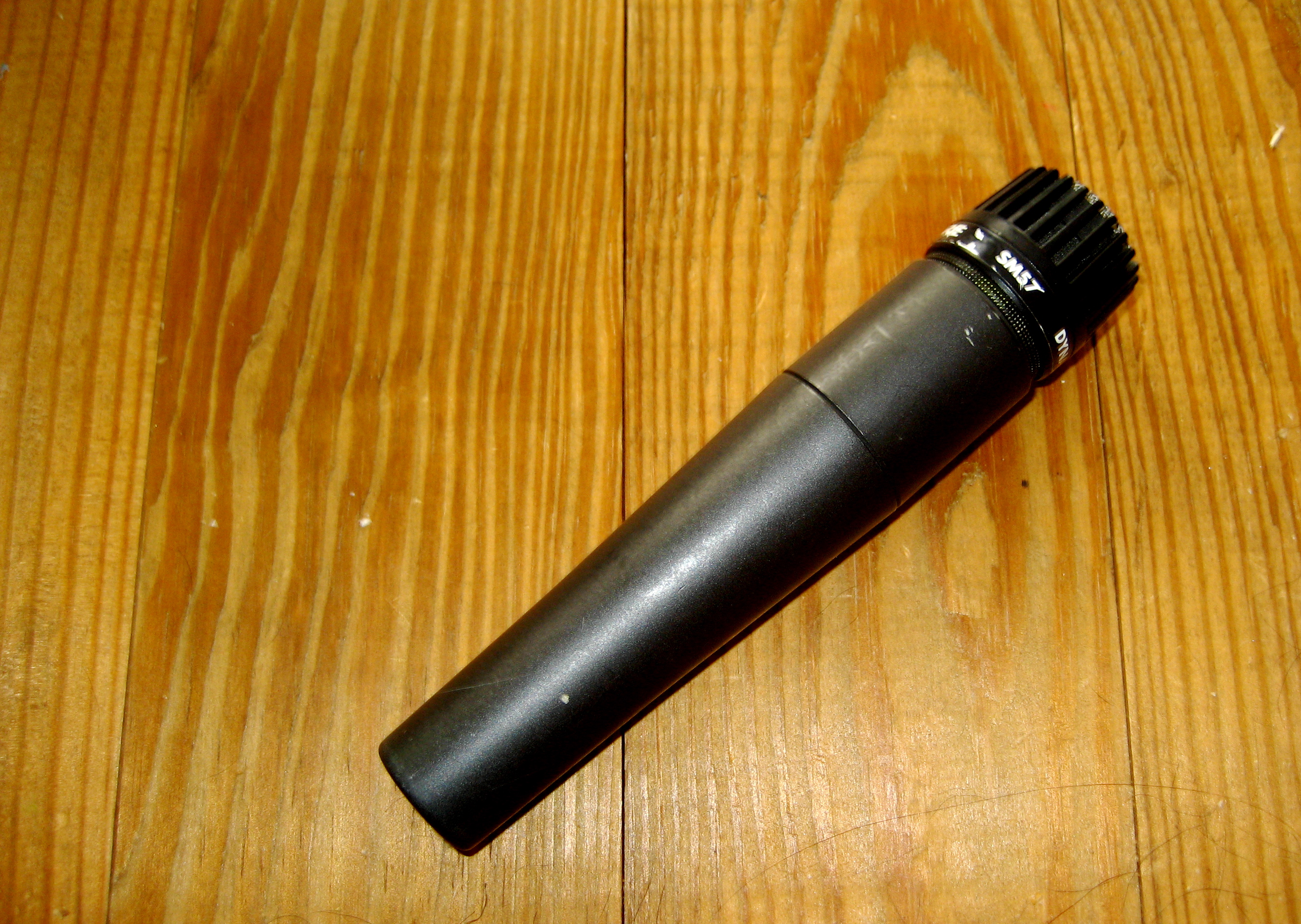I’ve always have a little trouble remembering the relationship between dBm and the more common signal measurements of dBu and dBV. The other day I was looking at a transfer function, and I was given results in dBm - the impetus for this post.
First, I should make sure we’re all on the same page. What is a decibel (dB)? The decibel is a relative measurement. For voltage we calculate dB as 20log10(Voltage/Reference), where the reference can be absolute (like with dBu and dBV) or relative (plain old dB). For an amplifier that outputs a signal twice as large as the input, 20log10(2/1) = 6 .02 dB. If we ran a signal through this amplifier twice, our output is 4 times as large as the input, or 20log10(4/1) = 12.04dB. This is the value of a dB scale - we can add gain values in dB instead of multiplying them: 22=4, while 6.02+6.02=12.04.
Before going on I should point out that dBm is not an appropriate measure for a transfer function. Straight dB is the way to go, as a linear transfer function should produce an output relative to the input - not relative to an absolute value like dBm, dBu, or dBV. Let’s say I put 0.5 volts into a system, and I get 0.25 volts back out: 20*log10(0.25/0.5) = -6 dB.
So then dBV, dBu, and dBm are all absolute measurements and each has a defined reference value:
- dBV - 1 Volt
- dBu - 0.775 Volts
- dBm - 1 Milliwatt
dBV is straight ahead and simple to work with - this is the measure I use most frequently. The dBV value of any voltage is 20*log10(V/1), so 1 Volt is 0 dBV, 2 Volts is 6 dBV, and 0.5 Volts is -6 dBV.
Let’s skip to dBm for a second. This has a reference of 1 milliwatt, a unit of power. Power is related to voltage by the equation P = VV/R, where R is the resistance the power is dissipated through. For instance, if I drive 1 Volt into 1000 Ohms of resistance, 1V1V/1000Ohms = 0.001 Watts = 1 mW. If I increase the voltage by 6 dB (a factor of 2) to 2 Volts, now I’m dissipating 2V2V/1000Ohms = 4 mW. This is important - doubling the voltage does not lead to a doubling of power, since the power is related to the square of the voltage. We actually have to use a different formula for dB of power, 10log10(Power/Reference). With this formula, if we put in our 4mW and 1mW from above, we still get 6 dB of gain. Math works!
Back to dBu. dBu is referenced to 0.775 Volts - an odd number to use as a reference. However, if you calculate the power dissipating by 0dBu through 600Ohms (a long-standing common value for transmission lines), you wind up with exactly 1mW of power, 0dBm. So 0dBu = 0dBm, if and only if the load is 600 Ohms. At any other load impedance this relationship changes.
So back to that transfer function in dBm. In order to get a relative dB measurement I needed two things: the source voltage and the load impedance. Knowing the load impedance allows you to calculate the voltage output from the system: V = sqrt(PR). This is still an absolute measurement, so you need to know what the input signal was to calculate the dB out: 20log10(Output/Input).


